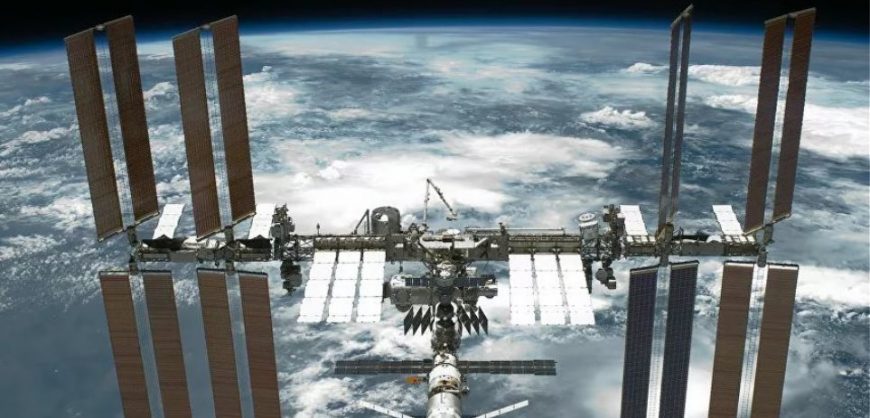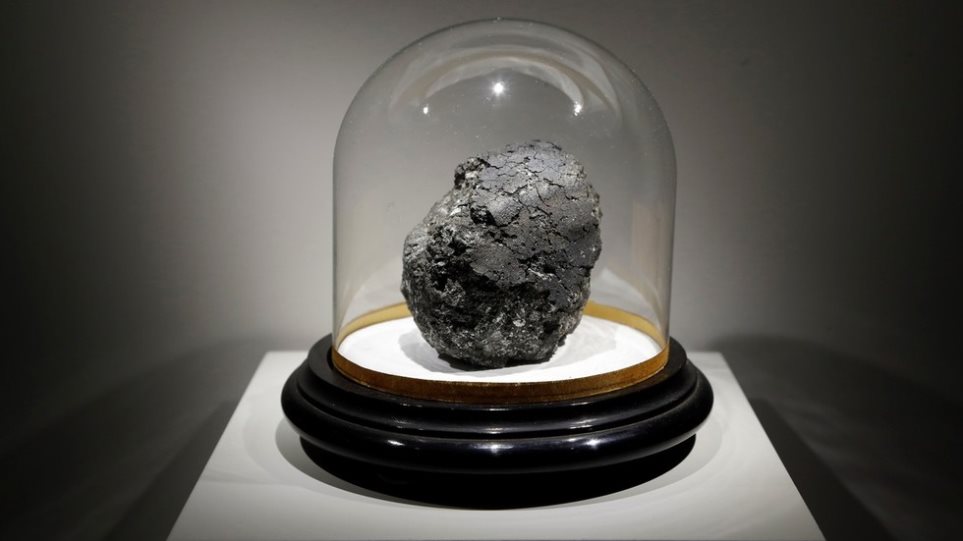Far outside our solar system and out past the distant reachers of our galaxy—in the vast nothingness of space—the distance between gas and dust particles grows, limiting their ability to transfer heat. Temperatures in these vacuous regions can plummet to about -455 degrees Fahrenheit (2.7 kelvin). Are you shivering yet?
But why is the vacuum of space this cold? Well, it’s complicated.
For physicists, temperature is all about velocity and motion. “When we talk about the temperature in a room, that’s not the way a scientist would talk about it,” astronomer Jim Sowell, of the Georgia Institute of Technology, tells Popular Mechanics. “We would use the expression ‘heat’ to define the speeds of all the particles in a given volume.”
Most, if not all of the heat in the universe comes from stars like our sun. Inside the sun, where nuclear fusion occurs, temperatures can swell to 15 million kelvin. (On the surface, they only reach up to about 5,800 kelvin.)
The heat that leaves the sun and other stars travels across space as infrared waves of energy called solar radiation. These solar rays only heat the particles in their path, so anything not directly in view of the sun stays cool. Like, really cool.
Australia says world needs to know origins of COVID-19
Read more: Popular Mechanics






































